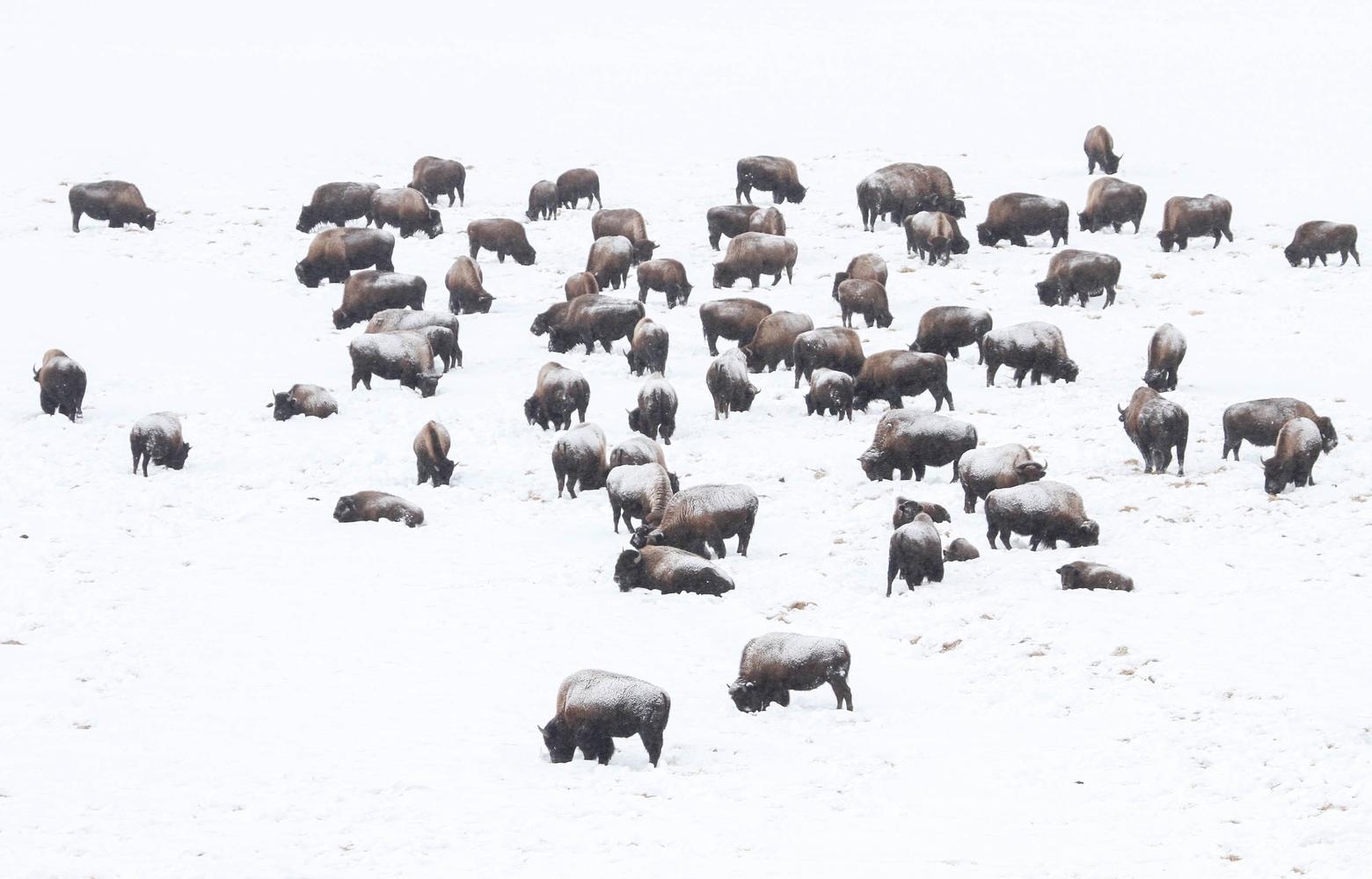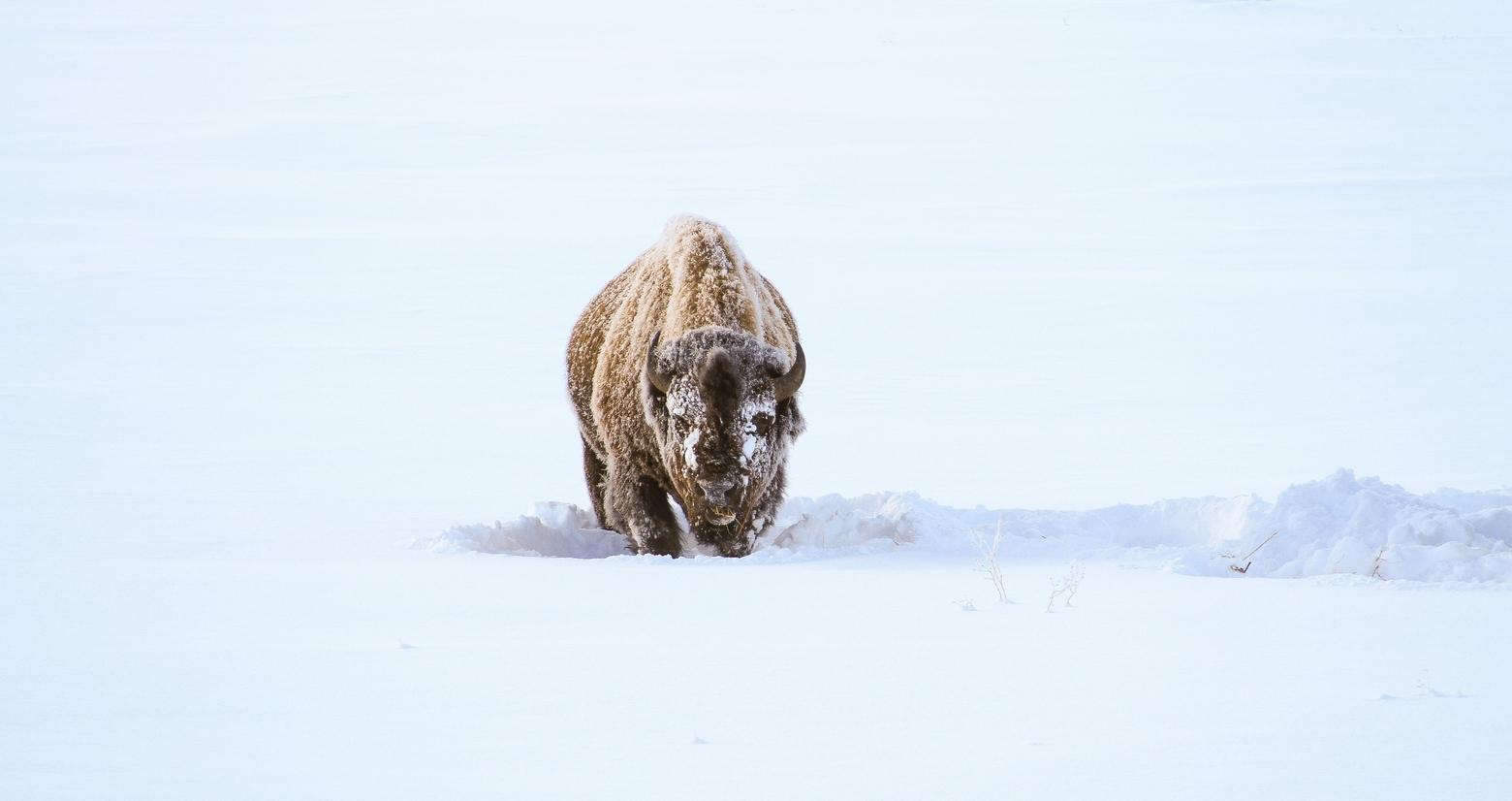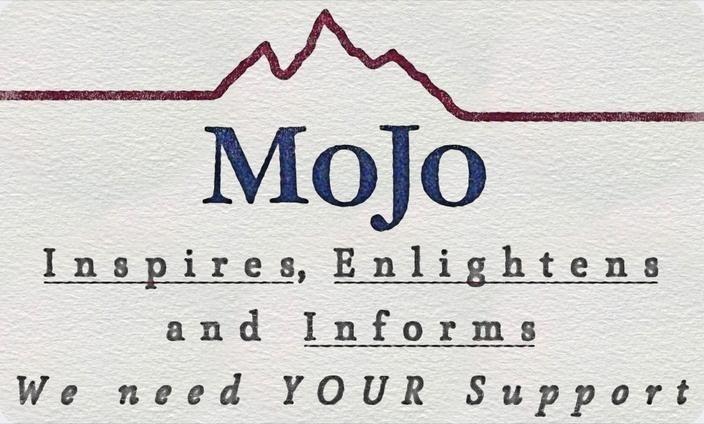Back to StoriesYellowstone Officials Call for Near-Record Bison Removal
October 25, 2024
Yellowstone Officials Call for Near-Record Bison RemovalNew bison status report proposes winter herd reduction of more than 1,000
by Isabel Hicks
After last year’s mild winter left few
opportunities for Yellowstone National Park to capture and cull animals from
its wild bison herd, officials are hoping to remove a near-record number of
bison to keep the population from growing.
In a September 30 status report for the
superintendent, Yellowstone officials called to reduce the bison population by
up to 1,375 animals this coming winter. The recommendation nears the
record-high removal in 2022-2023, when the park culled 1,551 migrating bison
from the population, spurring protests.
The
latest status report is the first since Yellowstone finalized its new bison management plan in July, and agencies collaborating on bison
management will review the recommendation at the Interagency Bison Management Plan meeting
next Tuesday.
Park
scientists estimated the Yellowstone herd at 5,449 bison in August, a
population higher than average this year. Over the past five years, the average
population of bison post-calving has been 5,130, according to the report.
Yellowstone
bison are confined to park boundaries due to the risk of spreading brucellosis
to domestic cattle, though Montana Fish, Wildlife and Parks has also documented
elk spreading the disease. Some bison are removed each winter through tribal
and state hunting, along with programs that transfer bison meat and live
animals to tribal nations.
Under
the new management plan, the park prioritizes hunting and transfers of quarantined,
brucellosis-free bison to tribes instead of slaughtering animals for
meat, a removal option now called the Tribal Food Transfer Program. Officials
will manage for a decreasing bison population once numbers exceed the assurance
threshold of 5,200 animals, the plan says.
Last winter, just 68 bison were removed: 48 through hunting, 14 donated to the Tribal Food Transfer Program, and six placed in the Bison Conservation Transfer Program.
Without
these management actions the bison population would increase, according to Yellowstone
Bison Program Manager Chris Geremia. The growth rate over the past five years
has averaged 15.6 percent, “reflecting a steady population increase when
management removals are not factored in,” Geremia wrote in the status report.
Geremia
also detailed how bison removals are weather dependent: bison are captured when
harsh winters force the animals to leave the park in search of food. In mild
winters, the migration is smaller and there are fewer bison to capture.
Last
winter, just 68 bison were removed: 48 through hunting, 14 donated to the
Tribal Food Transfer Program, and six placed in the Bison Conservation Transfer
Program.
“The
size of the migration is driven by weather which is outside the control of the
NPS and its partners,” Geremia wrote. “More bison need to be removed during
larger migrations, particularly when the population is near the upper target of
6,000.”
But
some advocates like Gardiner-based Yellowstone Voices argue the new plan doesn’t address
the underlying issue of confining bison to park boundaries and hoped the new
plan would curtail routine culling of the bison population. The “shockingly
high” numbers from Yellowstone this year show nothing has functionally changed,
Jared Pettinato, an attorney for Yellowstone Voices, told Mountain Journal.
“The
time has come to end Montana’s senseless, inhumane blockade and to allow our
national mammal to migrate to open and available public lands,” Pettinato
said. “It would allow the wild bison population to expand, which would allow
more tribal hunting and more bison meat for tribal communities.”
A
spokesperson for Montana Governor Greg Gianforte did not immediately return a
request for comment. The state of Montana has largely
opposed allowing wild bison outside Yellowstone due
to brucellosis and has pushed the park to reduce the herd size
to 3,000 animals.
__________________________________________________________________________________________________
Mountain Journal is a nonprofit, public-interest journalism organization dedicated to covering the wildlife and wild lands of Greater Yellowstone. We take pride in our work, yet to keep bold, independent journalism free, we need your support. Please donate here. Thank you.
Related Stories
August 29, 2024
Wyoming Researcher Receives Aldo Leopold Award
The American Association of Mammalogists recognized Matthew Kauffman for his lasting conservation contributions through migration
studies.
January 21, 2025
Jackson Tourism Board Reports on Ski Town's Sustainable Future
With nearly 3 million
annual visitors to Jackson Hole, community gathers to
review progress of five-year tourism management plan.
September 25, 2024
Wolf-Abuse Incident Prompts New Wyoming Bill
Draft bill protects the right to run down predators, with
updated laws to limit ongoing suffering. Citizens say bill doesn’t go far
enough.





